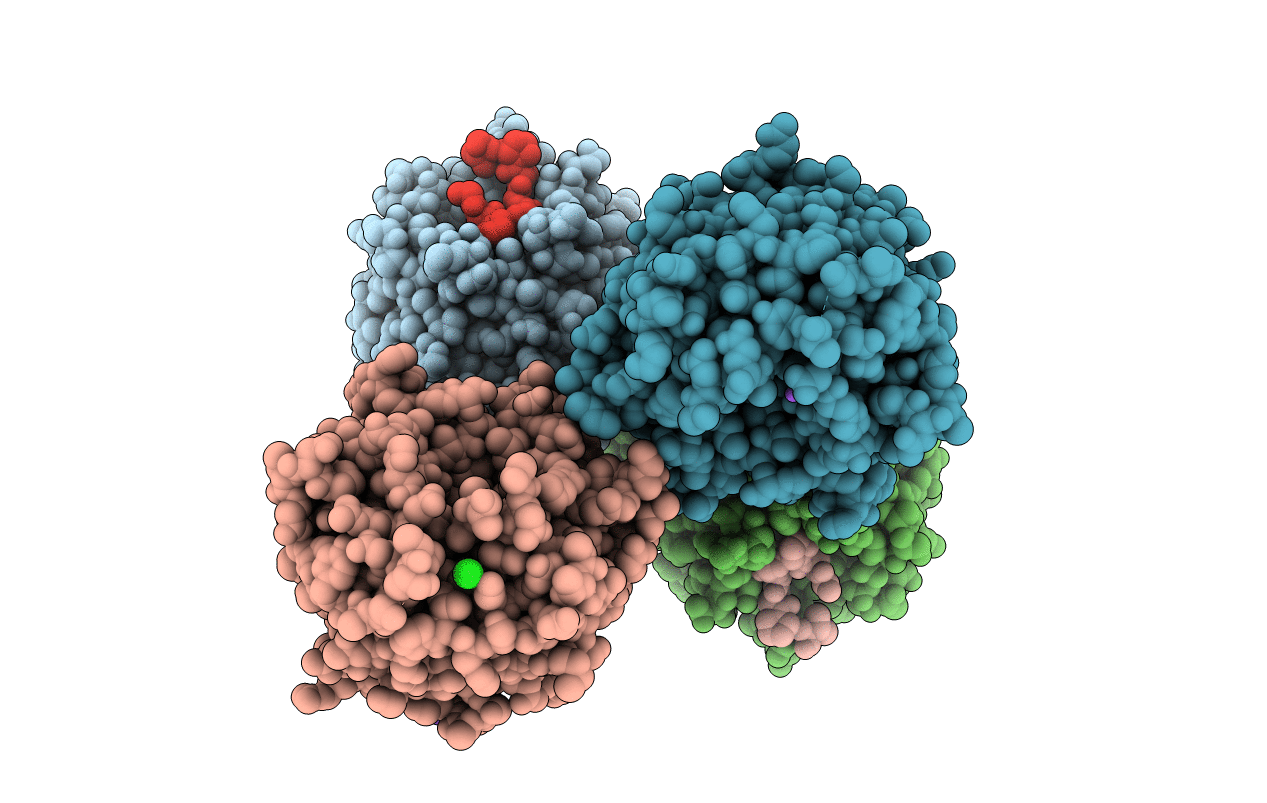
Deposition Date
2019-12-27
Release Date
2020-02-12
Last Version Date
2024-01-24
Entry Detail
PDB ID:
6TTK
Keywords:
Title:
Crystal structure of the kelch domain of human KLHL12 in complex with DVL1 peptide
Biological Source:
Source Organism:
Homo sapiens (Taxon ID: 9606)
Host Organism:
Method Details:
Experimental Method:
Resolution:
2.38 Å
R-Value Free:
0.25
R-Value Work:
0.22
R-Value Observed:
0.22
Space Group:
P 1 21 1


